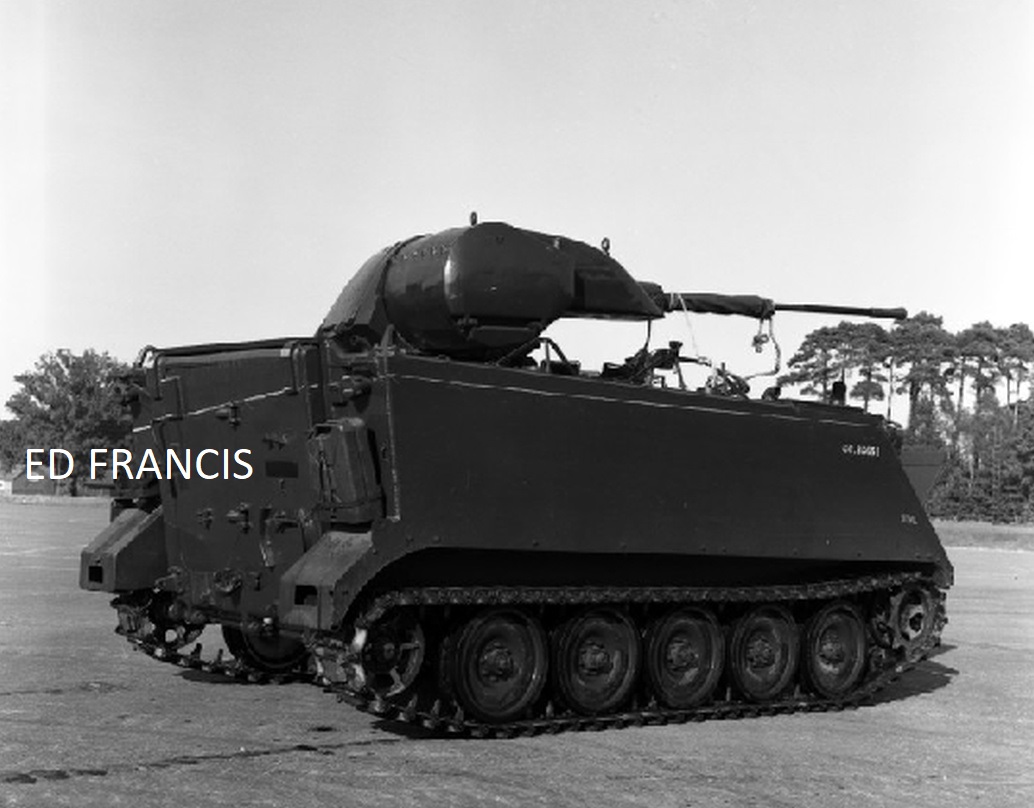- Yes
- No
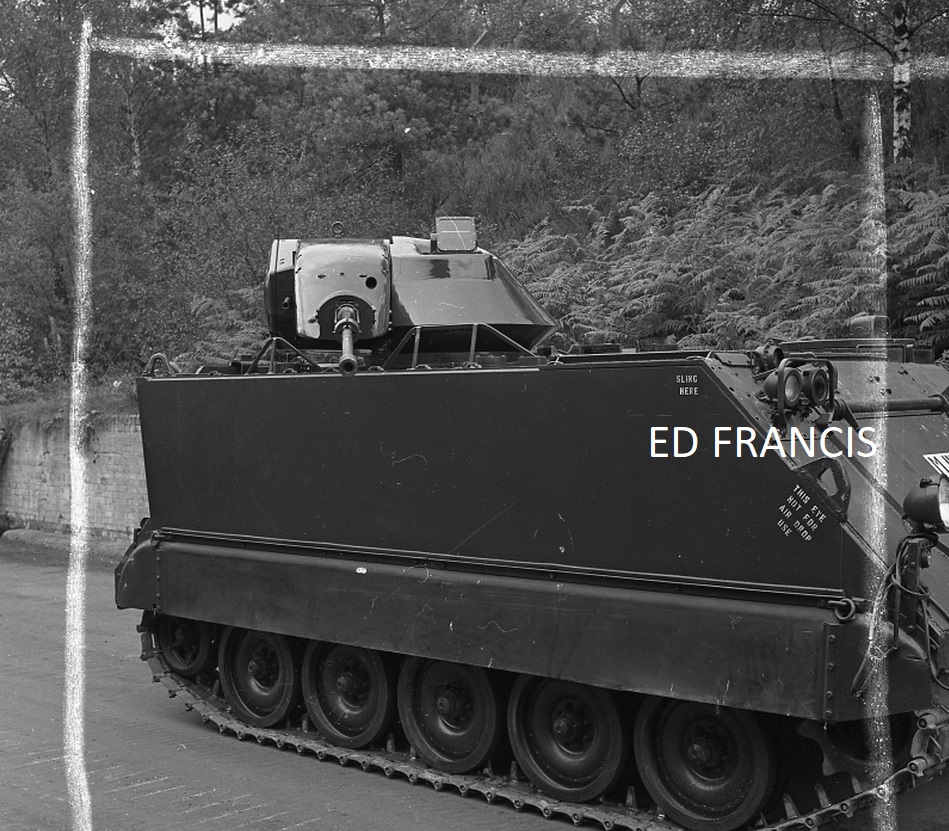
Cheers to Ed Francis for the images and sources for this one
Introduction
The M113 Armoured Personnel Carrier (APC) was developed by the United States in the late 1950s as a lightweight, airliftable vehicle designed to transport infantry in relative safety on the battlefield. Produced by FMC, the M113 was the first mass-produced armoured vehicle to use aluminium armor, significantly reducing its weight while maintaining protection against small arms fire and artillery fragments. Entering service in 1960, the M113 became the standard APC of the U.S. Army, replacing earlier models like the M59 and M75. Its design featured a fully enclosed boxy hull, a rear ramp for troop entry and exit, and could carry a crew of two plus 11 dismounts.
Throughout its service life, the M113 underwent numerous upgrades and modifications to improve mobility, firepower, and survivability. It saw fantastic export sales, and has been involved in most conflicts since the 1960s. Over time, the basic chassis was adapted for a wide range of support roles, including command vehicles, mortar carriers, and ambulance variants. Despite being gradually replaced by more modern platforms like the M2 Bradley in US service, the M113 remains in service in many countries around the world, thanks to its versatility, reliability, and simplicity.
Britain was not in fact one of the major export customers of the M113, as GKN developed the FV432 separately to the vehicle, and although they ended up looking rather similar they are distinctly different vehicles, meaning Britain therefore had very little use for the M114. However, a few M113 hulls were obtained for trials, testing, and general messing about, including hull 00DC51.
The vehicle being discussed in this suggestion is the M113 equipped with an experimental one-man 30mm Rarden ‘SPAA’ turret built in the early 1970s. The SPAA variant of the Rarden autocannon was a rather novel foray into evaluating the potential of the Rarden for the anti-aircraft role, however, several design choices meant that the fire rate could not be significantly increased without unacceptable accuracy and barrel movement. The one-man Rarden turret is also hand-cranked and manually loaded, meaning that the unfortunate gunner has quite a lot on his hands. It features a small upgrade over the Rarden cannons that we currently have in game, in that the magazine size for the 30mm ammunition has been increased from 3 to 6, but the RoF remains the same at 80rpm, meaning the sustained fire rate will only be moderately better, having to reload less frequently.
A couple of different configurations of this vehicle were trialed, the main difference being the erection of the pontoon that allowed the M113 to swim. However, in a rather brief description of the trials, taking place in 1972, it was concluded that this was perhaps not a stellar idea, as the vehicle was sitting a little too low in the water, presumably due to the added weight of the turret structure.
In-game this represents a unique British prototype that could bring the infamous Rarden cannon down to a slightly lower BR, being much less mobile, significantly larger, and less ratty than the current culprits, the Fox and the Scimitar.
Specifications
Spoiler
Turret
Crew: 1
Armament: 30mm Rarden
Armour: 5-10mm
Elevation and Traverse: Hand Cranked, limits unknown
Magazine size: 6
Chassis
Images
Spoiler
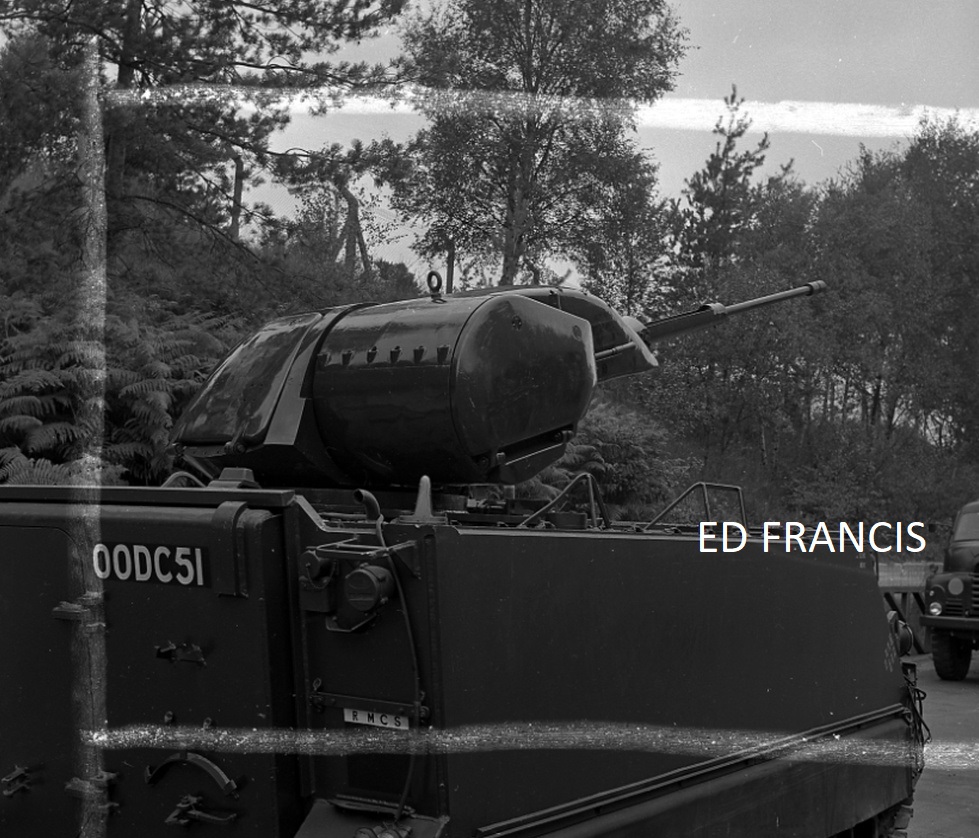

With the amphibious pontoon erected
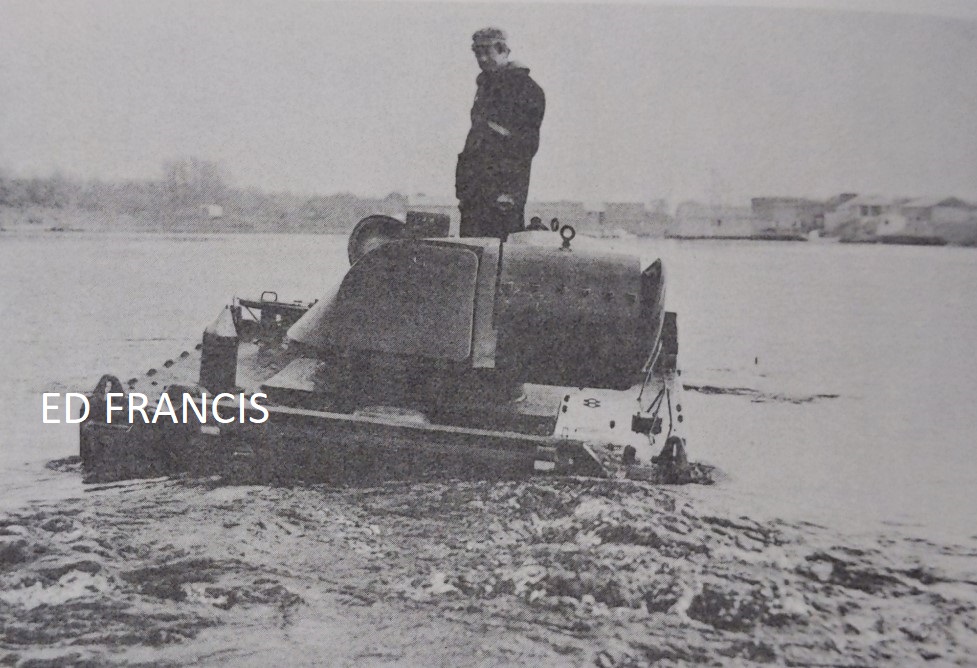
M113/30 attempting to swim. The shape and position of the turret meant the right-hand side of the vehicle was about 1 ton heavier than the left-hand side - not ideal when you’re trying to float…

Crumbs
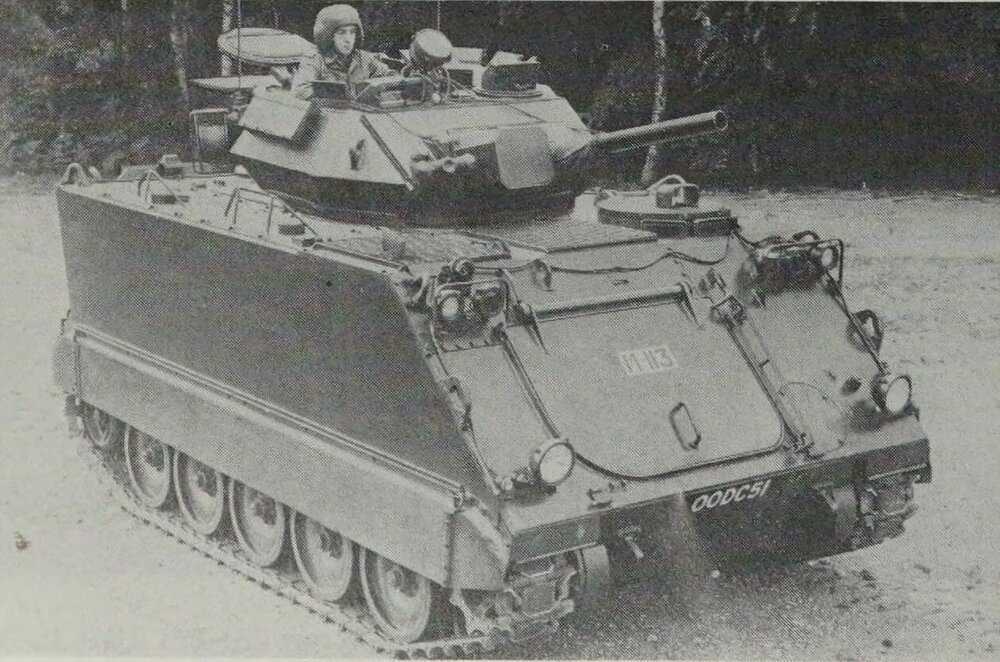
00DC51 being used for more British tinkering
Sources


